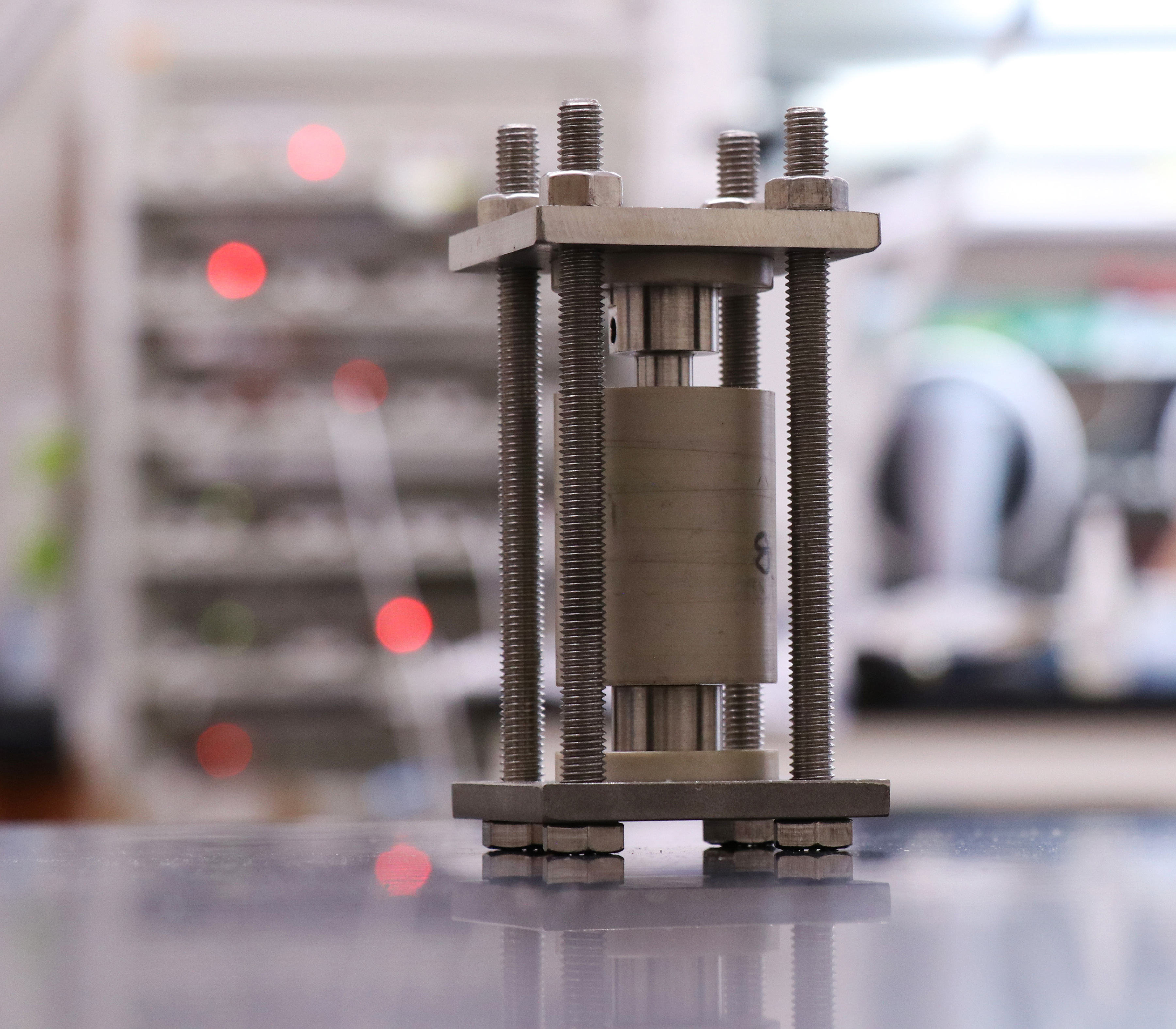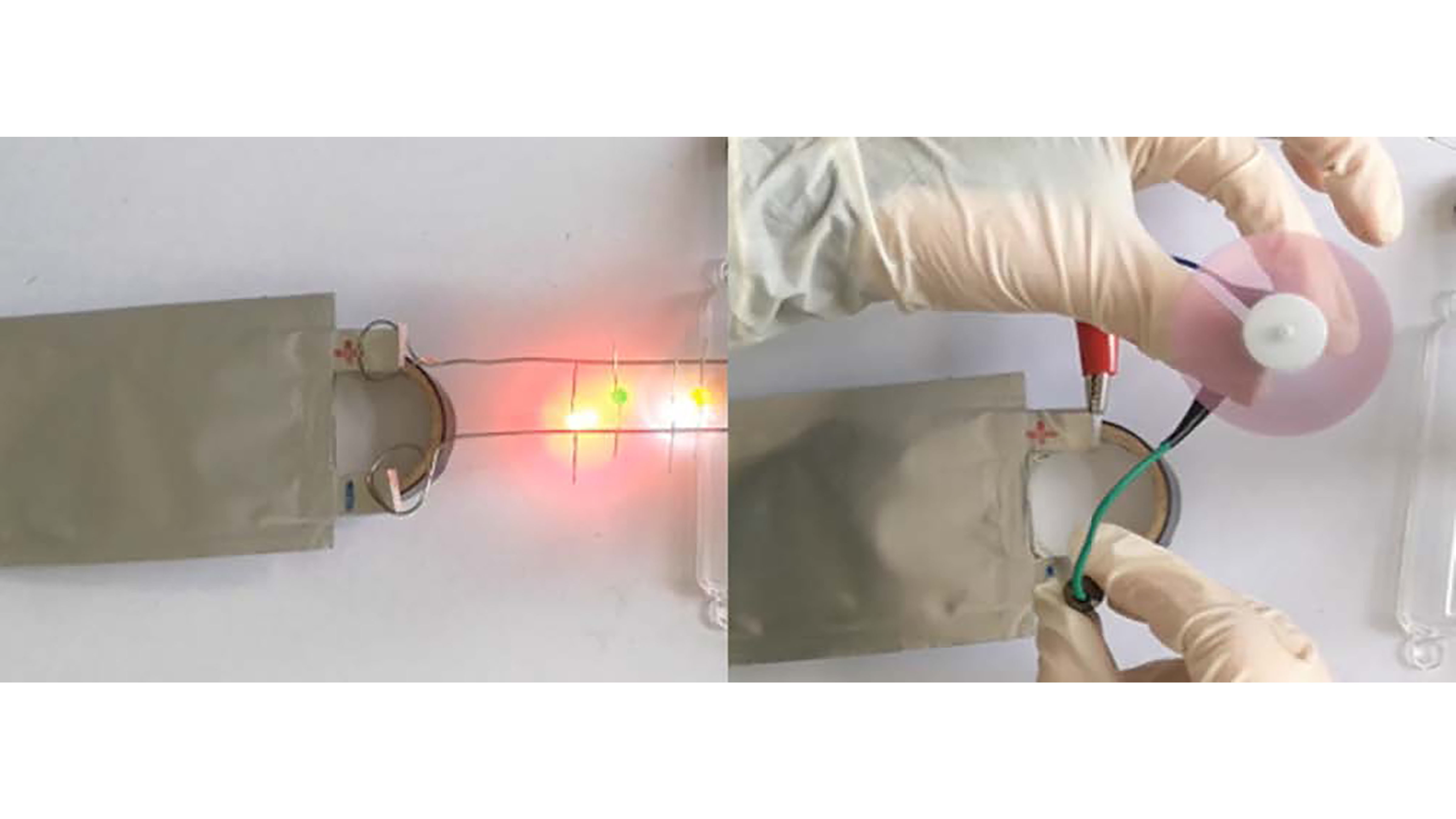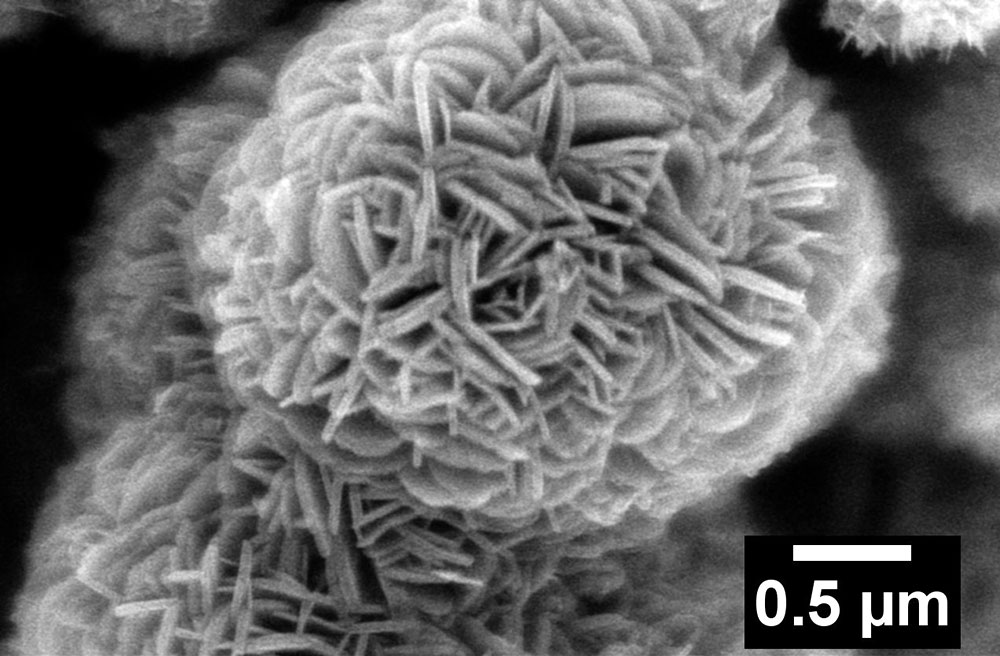An understanding of this mechanism could help scientists increase the total amount of energy stored by next-generation lithium-ion batteries.
Tag: lithium-ion battery
PNNL Invention Reduces Risk of Battery Explosions
A deceptively simple sensor system developed at PNNL can prevent dangerous battery fires.

X-Ray Tomography Lets Researchers Watch Solid-State Batteries Charge, Discharge
Using X-ray tomography, a research team has observed the internal evolution of the materials inside solid-state lithium batteries as they were charged and discharged. Detailed three-dimensional information from the research could help improve the reliability and performance of the batteries, which use solid materials to replace the flammable liquid electrolytes in existing lithium-ion batteries.

Can Sodium-Ion Batteries Replace Trusty Lithium-Ion Ones?
Sodium-ion batteries are a potential replacement for lithium batteries, but different anodes are needed for the same level of performance. Amorphous carbon is known to be a useful anode, because it has defects and voids that can be used to store sodium ions. Nitrogen/phosphorus-doped carbon also offers appealing electrical properties. In Applied Physics Reviews, researchers describe how they applied basic physical concepts of atomic scale to build high-performance anodes for sodium-ion batteries.

Lithium-Ion Battery Research “Flowers”
Scientists improved the performance of a battery electrode material with a unique flower-shaped nanostructure.